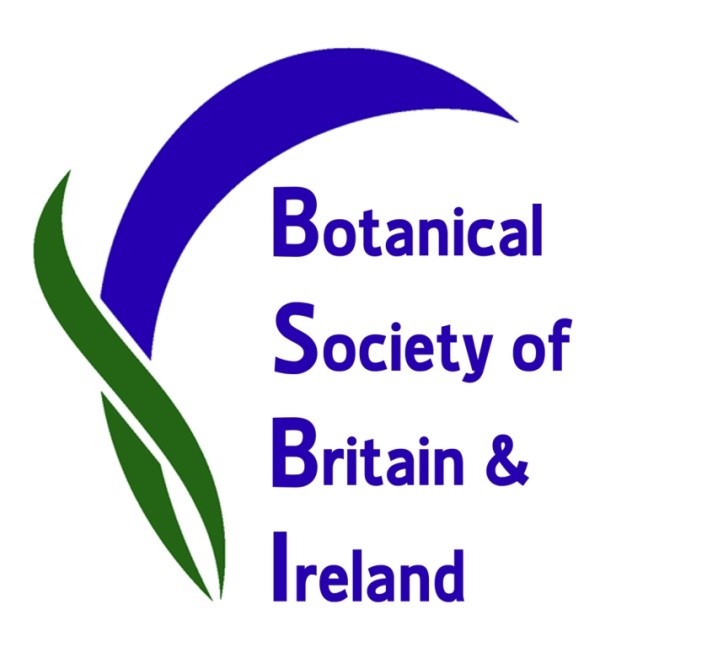Dumfriesshire Botany Group at Loch Ettrick, 15th September 2019
Ten of us met for the final field meeting of 2019 which took place under dry but cloudy conditions at Loch Ettrick at the top of the Pothouse Burn. The loch is impounded by a dam and covers about 7 hectares. It provides drinking water to some local properties. The hope was to find Small Water-pepper Persicaria minor, a scarce plant recorded in the Scottish Loch Survey in 1996. However we failed to see this species despite a circumnavigation of the loch.
The Loch water is very clear and the bottom is stony. It was typical of an oligotrophic loch, limited in species, lacking any water lily or Potamogetons except the extensive stands of Broad-leaved Pondweed Potamogeton natans . Around the edge was a near continuous fringe of Bottle Sedge Carex rostrata and Water Horsetail, Equisetum fluviatile. We were pleased to pull out a stonewort from one edge. These algae have specialised cells and a lime encrustation which gives them their name. This proved to be Smooth Stonewort, Nitella flexilis ssp. flexilis. One other species growing submerged on the loch floor was Shoreweed Littorella uniflora where it formed a carpet of short pointed leaves. In the surrounding reed swamp there were typical wetland species like Bogbean Menyanthes trilobata, Marsh Pennywort Hydrocotyle vulgaris and Gypsywort Lycopus europaeus.
We had lunch on the dam accompanied by both late dragonflies and late flowering Common Eyebright Euphrasia nemorosa. After lunch we explored the adjacent forest following the track to the west. This had typical forest track species, an assemblage of plants that enjoy the sharply drained open conditions these provide. This habitat is one of the few benefits plantation forestry provides for wild plants. Depending on the stone used, the regularity of use, the drainage and the openness, these tracks seem to favour plants that are annuals and would naturally grow on heathland or skeletal upland soils both of which have greatly declined. Sometimes these tracks support increasingly rare species like Heath Cudweed Gnaphalium sylvaticum and clubmosses.
We found species you might expect on a typical track, Slender Parsley-piert Aphanes australis, Trailing St John’s- wort Hypericum humifusum, Heath Pearlwort Sagina subulata and the small annual Early Hair-grass Aira praecox. We also saw a species that seems restricted to this habitat Slender Rush Juncus tenuis. On the edge of the track a nice colony of Autumn Hawkweed Hieracium sabaudum, was in full flower.
A surprise was to find a good display of Common Fleabane Pulicaria dysenterica in an area of dumped/disturbed soil. This is a southern species in Britain and rare in Scotland. There are small colonies in lower Annandale. It was accompanied by Purple Toadflax Linaria purpurea so it may have come from a garden. Finally in an old quarry pool we had a colony of Water Figwort Scrophularia auriculata. This is not a commonly recorded plant in Dumfriesshire with only 13 previous records mainly centred on lower Annandale.
Chris Miles
BSBI county recorder for Dumfriesshire VC73 – see bsbi.org/dumfriesshire

